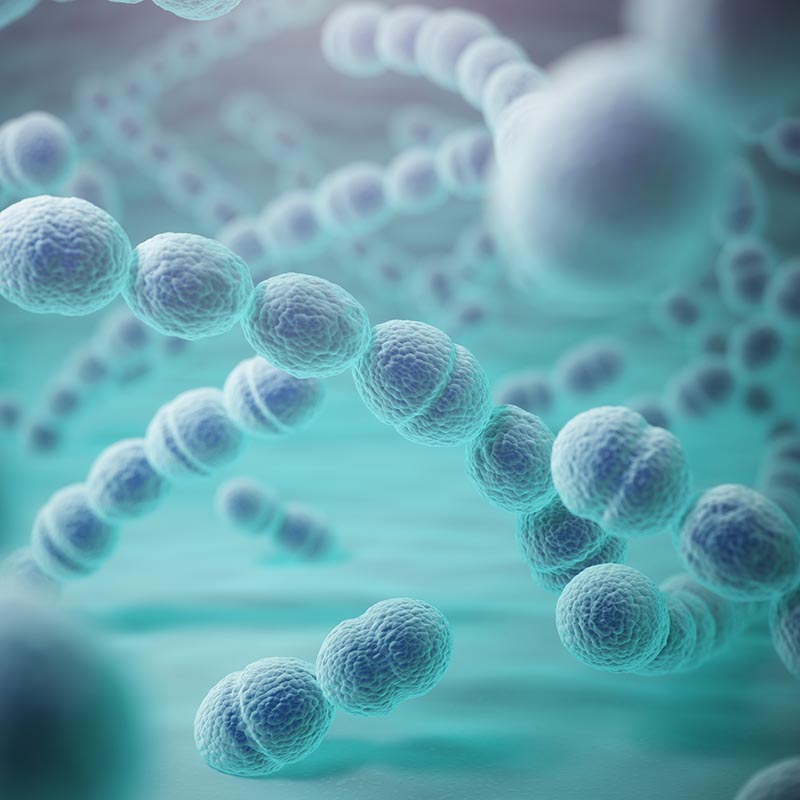
By: Kaixuan H.
Year: 2023
School: Sage Hill School
Grade: 11
Science Teacher: Todd Haney
In the quest for advancing public health, the rise of antibiotic-resistant bacteria has posed a significant challenge. As we face this ever-growing threat, exploring alternative methods of disinfection and sterilization becomes paramount. Kaixuan, in his OCSEF project, embarked on a science project with the goal of evaluating how varying wavelengths of electromagnetic radiation affect bacterial growth, specifically focusing on the non-pathogenic Escherichia coli (E. coli).
The purpose of Kaixuan’s experiment was to determine the impact of different wavelengths of electromagnetic radiation on E. coli growth in a liquid solution. The experiment involved exposing E. coli cultures to specific wavelengths of light ranging from ultraviolet to infrared. The independent variable was the wavelengths of light, while the dependent variable was the bacterial growth. The percent transmittance of the solutions was measured in a colorimeter before and after the light treatment to assess the effects of each wavelength.
E. coli is a common, non-pathogenic, gram-positive bacteria that is extensively used for research purposes. Its non-pathogenic nature ensures a safe environment for conducting experiments, making it an ideal model organism to study bacterial responses to various treatments.
The use of electromagnetic radiation for disinfection purposes has gained attention due to the growing concern of antibiotic resistance. Traditional methods of sterilization and disinfection may not be as effective against certain strains of bacteria, necessitating the exploration of alternative approaches. Kaixuan’s experiment focused on varying wavelengths of radiation because different wavelengths possess varying levels of energy. This energy disparity can lead to diverse effects on bacterial growth and DNA damage.
Kaixuan’s experimental findings revealed intriguing insights into the impact of different wavelengths on bacterial growth inhibition. Over four trials, E. coli cultures were exposed to wavelengths at 185 nm, 250 nm, and 400 nm. The results indicated that exposure to the 185 nm light source caused the most significant increase in transmittance after treatment. This suggests that the 185 nm light source was highly effective in killing E. coli cells in the solution. Subsequently, exposure to the 250 nm light source resulted in a lesser but still significant increase in transmittance, indicating moderate growth inhibition. However, exposure to the 400 nm light source led to virtually no change in transmittance, implying that it had minimal impact on bacterial growth.
The observed trends in bacterial growth inhibition can be attributed to the differences in energy levels associated with varying wavelengths of electromagnetic radiation. Higher wavelength photons possess more energy, making them more likely to cause DNA damage to cells. In Kaixuan’s experiment, the 185 nm light source, being of lower wavelength and higher energy, effectively killed a substantial portion of E. coli cells. The 250 nm light source, while possessing less energy than 185 nm, still had enough power to inhibit bacterial growth significantly. In contrast, the 400 nm light source, being of higher wavelength and lower energy, had minimal impact on bacterial growth.
Kaixuan’s findings hold promise for potential applications in small-scale disinfection and industries dealing with bacteria maintenance or removal. By understanding how different wavelengths of electromagnetic radiation affect bacterial growth, researchers and industries can design targeted and effective disinfection methods.
As antibiotic resistance continues to pose challenges, exploring alternative disinfection methods becomes crucial. Kaixuan’s experiment serves as a stepping stone towards harnessing the power of electromagnetic radiation to combat bacterial threats effectively.
